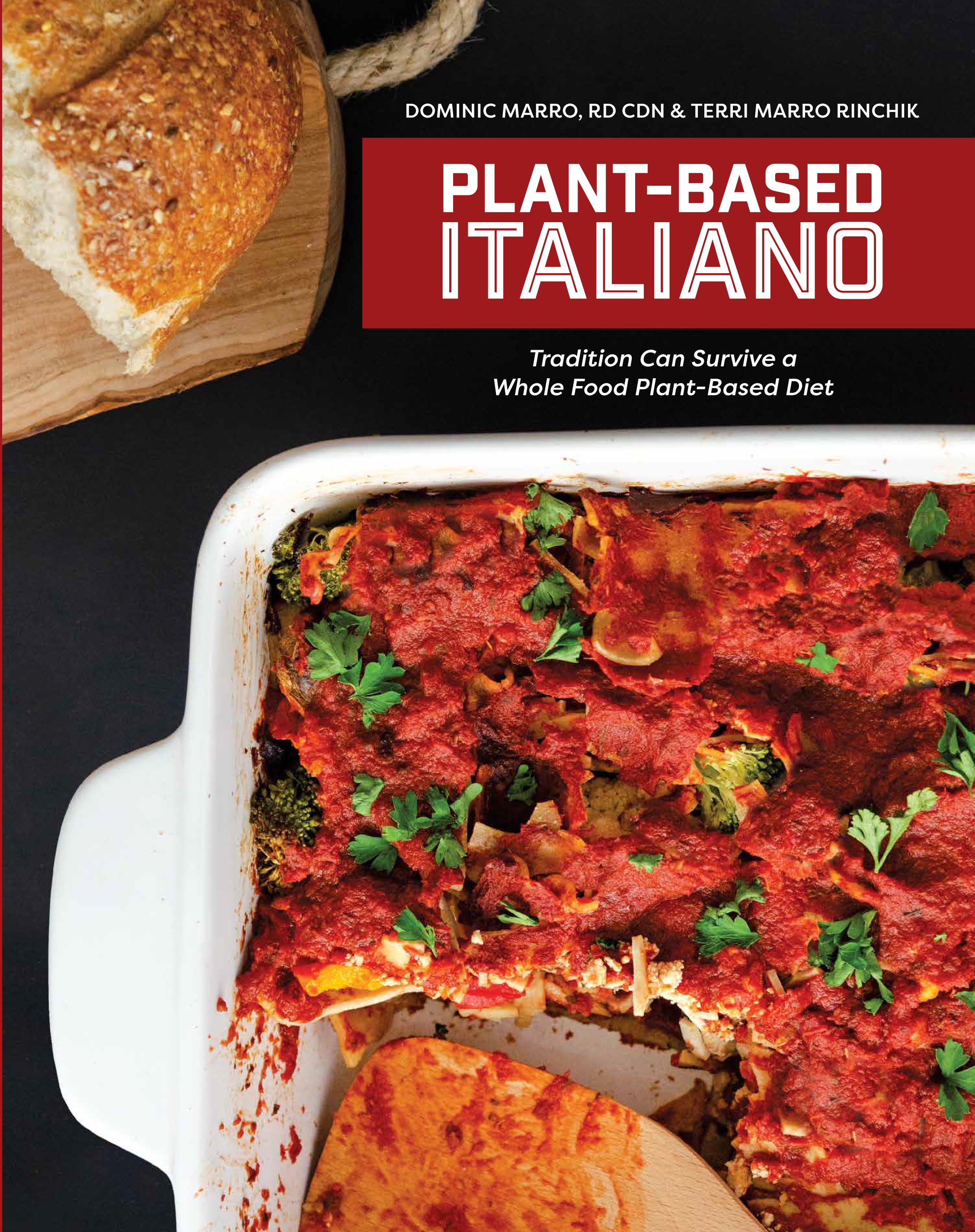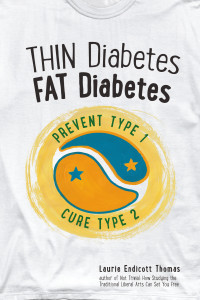I was having a perfectly pleasant day until a colleague sent me this article entitled “The Edible RX: Don’t Demonize Processed Food” by Keith Ayoob, EdD, RD. I’ve gotten better over the past few months at not letting useless articles bug me. But this article really ticked me off – and the fact that it was written by a registered dietitian is particularly irritating.
I decided that the best way for me to respond is by sharing excerpts from the article (in italics), followed by my thoughts.
“Is there a clear definition of “processed food?” In a word, no. Most foods are processed in some way. Processing can encompass a whole range of things that are routinely done to food to make them more palatable, including cooking, blanching, peeling, grinding, chopping, fermenting, canning, pureeing, baking, and so on. Unless you bite the apple while it’s on the tree, it’s probably processed in some way, as even washing a food is processing it to some degree – you’re making it cleaner to eat.”
My Thoughts:
Although I’m not usually one to defend dietitians, I feel compelled to do so here. Does the author really think that when dietitians educate their clients on processed foods that they don’t address the degree to which a food is processed? Because foods so minimally processed, such as washed apples or cooked vegetables, maintain so much of their health-promoting properties, referring to them as “processed” would just confuse clients.
“Preserving food by drying, freezing, or canning has made it possible for people in the past and present to continue eating fruits and vegetables (or fish and meat) out of season or when availability and access to food is difficult or uneconomical”.
My Thoughts:
Most dietitians understand that drying, freezing and canning are examples of food processing. But as long as the dried, frozen or canned foods are fruits, vegetables, whole grains or legumes, clients are encouraged to eat them. These minimal processing methods do not remove or alter nutrients to any impactful degree. Most dietitians will caution about the highly processed ingredients that are often added to these foods (e.g.. added oils, added sugars, refined flours, creamy sauces, excess sodium, etc..)
“I’m a huge fan of low-fat milk and yogurt. Most days I eat both. Ironically, yogurt seems to have more of a halo, but it’s also more processed. It has to undergo more processing than plain milk, which is processed minimally – just pasteurization and that’s about it. Yogurt is pasteurized, but then fermented and flavored to produce something that consumers will like and eat. Should consumers be concerned about this extra “processing?” Not a bit. It’s a great food and people would be better off eating yogurt instead of some of the stuff they now have as a snack or at breakfast.”
My Thoughts:
As I was reading this, I wondered why a dairy advertisement was inserted into this article. The author’s financial relationships listed at the end of the article explained this insertion. They include: dairy, soybeans, Dannon, the Calorie Control Council and Dizney.
“When people speak of “processed food” they usually refer to mass-produced stuff that is often packaged to make it convenient, and it often contains refined grains and added fats or sugars. Fine and well to cut back consumption there, and we should be telling our patients to eat fewer of those foods.
Notice I said “fewer” rather than none. Refined grains and some added fats and sugars crop up here and there but no need to demonize them, especially if the rest of the patient’s diet is pretty good.
My Thoughts:
So if someone’s diet is “pretty good”, does that mean we don’t have to let him or her know that it’s a good idea to eliminate or strictly limit Cheese Doodles and Oreo Cookies? A client may eat four bags of pork rinds every day. I think I’d be doing the person a disservice if I didn’t encourage him to eventually eliminate them from his diet. After all, “fewer” in this case could mean three bags of pork rinds every day.
I find it quite revealing that the author is satisfied with a person’s diet being “pretty good”. Based on his love of dairy and meat, I’m sure his idea of a “pretty good” diet is actually a pretty bad diet. He makes matters worse by almost encouraging the occasional Twinkie.
“But let’s not jump on the “avoid-processed-food” bandwagon just so we’re trendy. Health professionals need to be the voices of informed reason. The last thing we should be doing is reinforcing absolutes, especially in the absence of proper context.”
My Thoughts:
Unfortunately, this viewpoint is shared by most dietitians. The whole idea that there are no “good” or “bad” foods is something that The Academy of Nutrition and Dietetics has pushed for years and continues to do so. This is an idea with which I’ve never agreed. How should a health professional judge the “goodness” or the “badness” of a food other than by how the food promotes health or disease? As a health professional, it is my responsibility to identify good and bad foods.
I do believe that our focus should be on the entire dietary pattern. But a healthy dietary pattern is dominated by healthy foods. Of course it’s possible that someone can eat an unhealthy diet that only includes healthy foods. If someone follows a bizarre diet where the only food he eats is peaches, at some point his choice of a peach would not be a good choice. But for the vast majority of situations, a peach is an excellent choice.
I’ve never had a problem identifying a bad food. Bacon-Cheeseburgers and Pop- Tarts are bad (unhealthy) foods. No one has ever been able to show me a proper context in which these foods are good (healthy). They’re called junk foods for a reason.






 E Excerpt from Laurie Endicott Thomas’s amazing book Thin Diabetes – Fat Diabetes by clicking here!
E Excerpt from Laurie Endicott Thomas’s amazing book Thin Diabetes – Fat Diabetes by clicking here!
Dominic,
I really like the point, “diet dominated by healthy.”
Thank you!